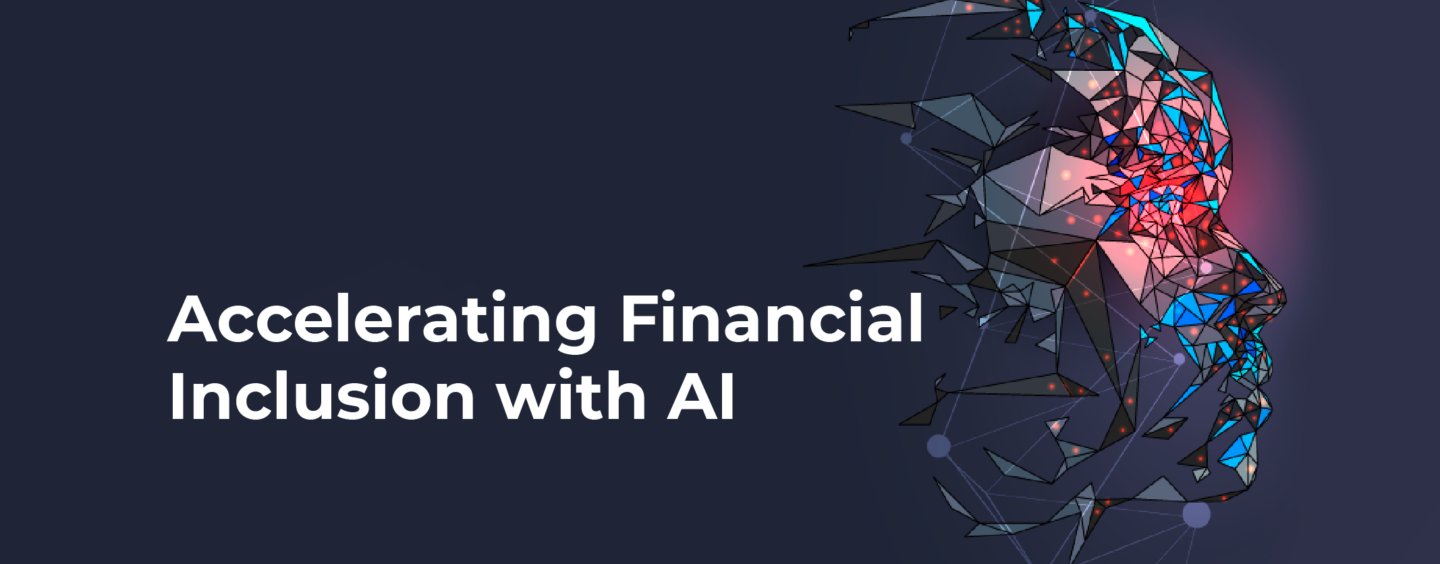
Artificial Intelligence as a Catalyst to Accelerate Financial Inclusion
by Fintech News Hong Kong March 17, 2022The use of Artificial Intelligence (AI) in financial services is all over the news, with some reports estimating it to be a US$450 billion opportunity.
But what’s the real story around what AI can do?
Beyond just automating certain processes, AI has the potential to improve accuracy in credit or risk decisioning workflows, encouraging financial inclusion and allowing the underbanked and unbanked access to financial services in ways that were previously unreachable.
Over 3 billion people in Asia have no access to formal credit and three of the top ten ‘most unbanked’ countries in the world happen to be located in APAC (Vietnam, the Philippines and Indonesia).
Finding innovative ways to enable more access to financial services is critical.

Bharath Vellore
Bharath Vellore, General Manager APAC, Provenir said,
“As an industry, we must continually look at ways to help support financial inclusion. Inclusion benefits the economy as a whole – business expansion, job creation – but more than that, it directly helps individuals and families in the region lead better lives. Saving for education, accessing a mortgage, financing a vehicle or expanding a small business are all extremely difficult without access to formal financial services.
Accessing and ingesting broader data points on the customer into decisions helps us understand our customers better and expands our view of who we can offer products and services to. Being able to then integrate that data into advanced AI/ML modeling expands those possibilities even more. Enabling lenders to say yes to more people can be life changing – and it allows us all to have a hand in supporting that change.”
Alternative Data for Good
While many countries or regions are reluctant to use alternative data as a means of credit scoring, here in APAC it’s become essential to assessing creditworthiness.
A lack of useable data means an inaccurate risk assessment and poor decision-making.
Alternative data such as telco, social media information, open banking, rental, and location data, all helps to paint a more accurate picture of an individual’s credit risk.
In a study conducted by TransUnion, 87% of lenders and credit providers using alternative data use it to evaluate thin/no-file customers, and 64% of them saw an improvement in risk assessments among unbanked consumers.
But utilising alternative data can present its own challenges, 46% of those lenders surveyed said they lacked internal expertise on how to use and integrate alternative data, and 64% of lenders not using alternative data cited developing or testing new models to be part of the difficulty.
Alternative data has clear benefits when it comes to encouraging financial inclusion and helping the unbanked and underbanked access a greater variety of financial services.
Ultimately, more inclusive access to financial services “directly helps enable seven of the 17 United Nations Sustainable Development Goals.”
And the more we can help encourage that as an industry, the better off the consumers in this region will be.
But accessing alternative data is of no use without the proper infrastructure and processes in place to handle it.
Here’s where AI comes into play
According to the World Economic Forum, AI can democratise financial services with the appropriate infrastructure, data-sharing environment and ethical framework.
One of the most efficient, effective ways of integrating data into decisioning processes is through the use of Artificial Intelligence and Machine Learning.
Automating risk decisions with real-time data and advanced predictive modeling helps to simplify the entire decision-making process, letting you get to your customers faster and improving the accuracy of your decisions along the way.
AI-powered risk decisioning helps to find relationships in your data that are not always apparent with legacy credit scoring methods or decision engines – and it expands the useable data, allowing you to increase the diversity of your data, manage bias and improve your decisions.
Better, faster decisions = the ability to say yes to more customers.
And with the use of AI, your decisioning is in a state of continuous improvement. Model monitoring and a constant feedback loop enables you to fine-tune your decisions for continual optimisation.
To get the most out of your AI investment, it’s important to look for a technology partner that brings the components of data, AI and decisioning together into one cohesive unit.
The symbiotic relationship between data and AI ensures smarter decisions across the entire customer lifecycle – enabling accessible, integrated data that acts as the fuel for your decisions (and powers that feedback loop back to your AI models).
While more and more financial services organisations are looking to increase their investment in AI, many AI projects never make it past the concept stage.
Learn how to move beyond the hype and level up your risk decisioning with AI by downloading your guide from Provenir here.








